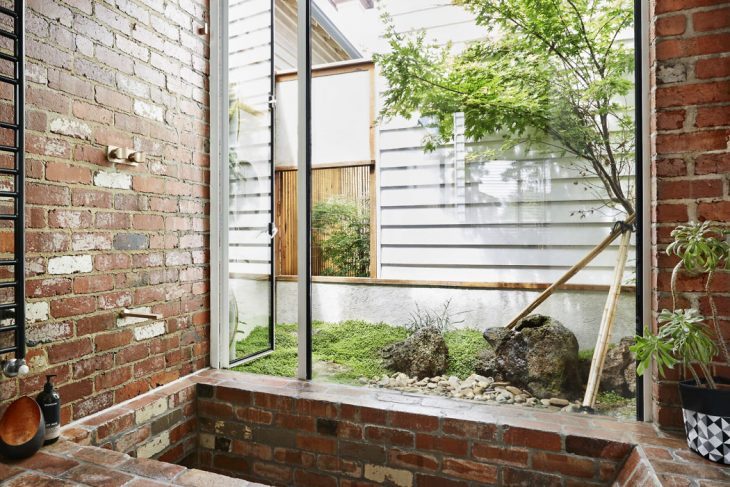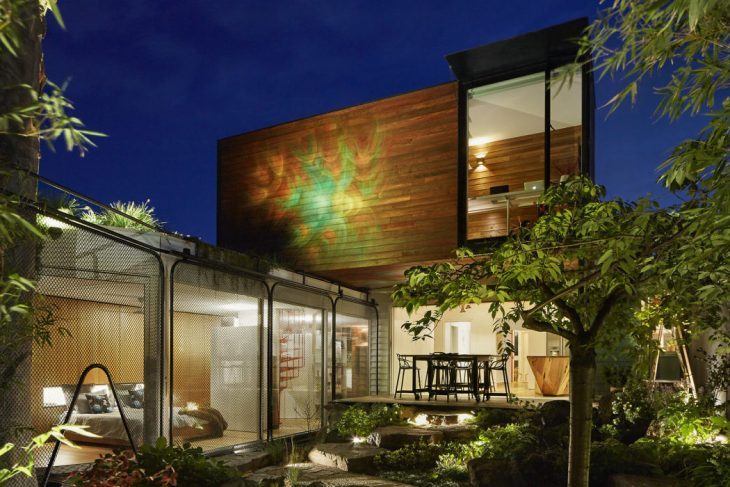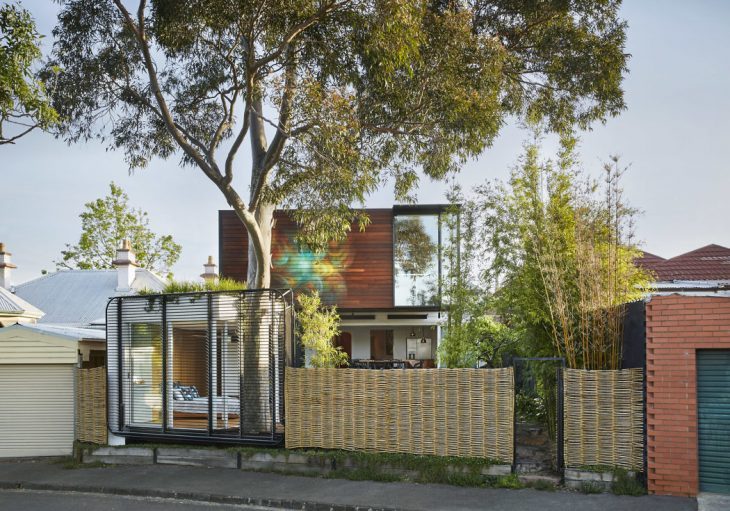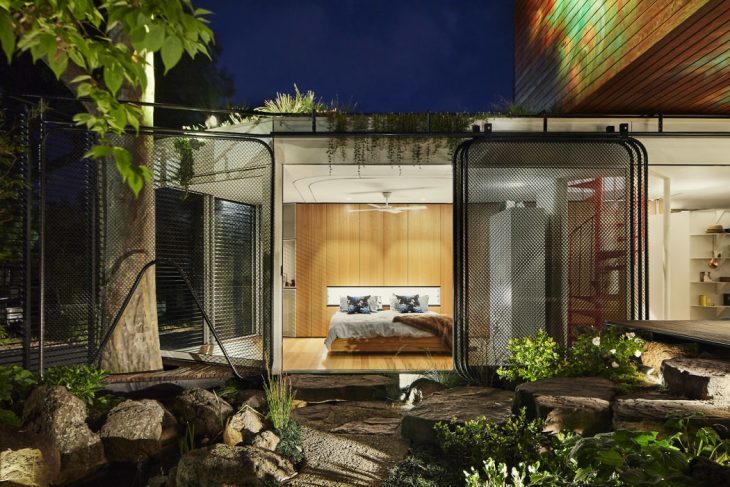
Designing your own home is one of the most exhilarating accomplishments you can achieve, as you have the scope to make your dream home a reality. However, the world has seen a changing climate lately, which means that some design dreams can’t come true, as they can pose a risk to the safety of the building. Having a home that reacts well to whatever climate you are in can sometimes compromise on the style. Fortunately, there are some aspects you can implement which will either make your home look great, or won’t affect the overall aesthetic you are aiming for, which means you can continue designing the place you will spend your future.
Consider solar panels
Solar panels are a great solution to many environmental issues that would otherwise usually affect your home. From keeping carbon emissions low to providing a perfect alternative energy source if your area is prone to power cuts, there are many things you can do with solar panels which will see your home reap the benefits in the years to come. Those who decide to use solar panels make them a feature on the outside of their homes, where they usually sit on the roof of a house to collect the sunlight that shines throughout the day. Some innovative solar panels can even reflect high heats away from a house, which keeps it cooler when heatwaves roll around in the winter months. If you are looking to make a statement mark on your design, and be energy efficient at the same time, then solar panels are a great addition to make.

Build a solid foundation
Having a strong foundation to build your home on is the perfect starting point. It will need to be durable to withstand any extreme weather conditions that may come your way. One of the most known ways of boosting the effectiveness of a home in such conditions is by raising it off the ground to prevent any flood damage occurring. However, this can prove problematic in high winds, so even if you design the most stable foundation, there is a chance that you may need to repair it at some point in its life. It will keep your house refreshed and ready to take on any more adverse conditions if you go through a full-scale repair. For example, Houston Texas foundation repair is a common part of keeping a home safe, due to intense flooding in the area in recent years.
Invest in good insulation
Keeping a home warm in the winter months is imperative when the weather conditions drop below zero. Not only are you keeping you and your family safe, but you are keeping your home from becoming damaged by the cold. Before you build your house, there are ways you can go about ensuring its warmth during such conditions. Though having a trusty heating system is always a good idea, it is sometimes unsustainable to keep it switched on all the time. Not only this, but there is a chance that it may not even work if you are in a place where pipes freezing is a common issue. The best way around this is to make sure you fill your walls with the best quality insulation, which should also stop your pipes from freezing over. As insulation is within the walls, it shouldn’t affect the overall design of your home. In fact, if you choose the right, fire-retardant materials, you can make your home protected from wildfires and extreme heat.

Implement a natural ventilation system
Such heat causes many problems within American households every year, and can sometimes affect the overall health of inhabitants. As with having a central heating system, designing a home that relies on air conditioning is not always the best way to go, as it has a higher chance of cutting out the more you use it, and relies heavily on having a power source to keep it switched on. Where using solar panels is a great start to reflecting heat away from your home, you can always design your own ventilation system, which will direct hot air out of the building.
Have a system that collects rainwater
During droughts, gardens can suffer from having no water to keep them alive. Not only this, but nearby water supplies can sometimes dry up, which can mean the water you have directed to your home can only be used for drinking, rather than any other uses. Although rainwater collection is not legal in some states in America, others allow it due to the frequency at which drought occur. Though having a simple water butt will help, if you design a water collecting system that stores rainwater in case of a drought, you can make the lack of water much more bearable should it occur.

Design your home to withstand strong winds
Recently, it has been strong winds that have affected homes the most, which can sometimes amount to hurricanes. If you are living on high ground, you may find that the wind affects your area more than others, so to ensure it has less of an impact on your home, you can always design it to carry these winds away from the house. Doing so can also give your design a unique look, and you can back up the strength of your walls by having strong bracing put in. It won’t just keep your home standing in strong winds, but will make it last longer.
Bring plants inside
The overall air quality around people is not as clean as it used to be, and this means that even inside homes, people are still not getting as much oxygen as they need. In especially hot conditions, or far up in the mountains, the need for oxygen increases. You can make your home healthier for its future inhabitants by designing areas for plants to live, where they can give the optimal benefits. In terms of aesthetics, plants also bring a dose of color into any room and invoke a more inviting interior.
Images from Kiah House by Austin Maynard Architects – See the full project here



